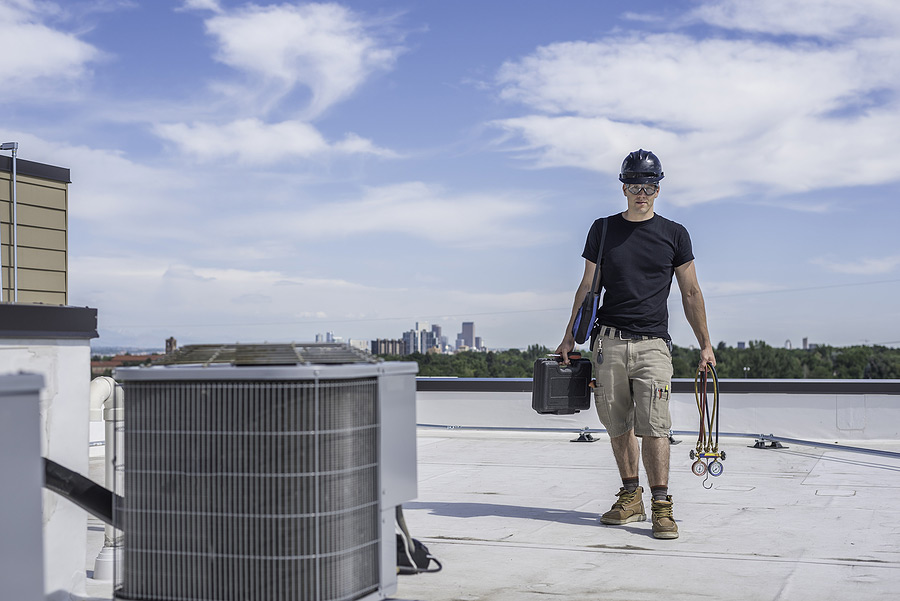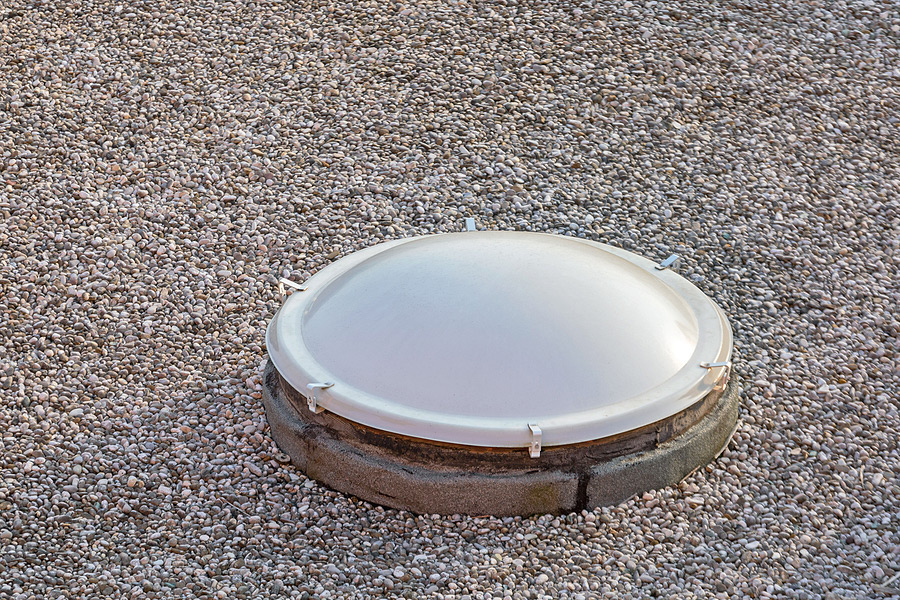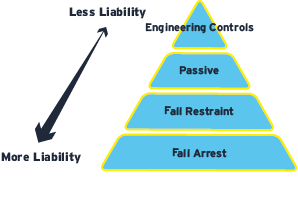How to Limit Your Liability with Contractors On Your Roof

Liability - a dreaded word when it comes to safety. Falls are the second-highest cause of unintentional injury-related death in the workplace. As of 2019, 16.5% of workplace deaths were from falls. Source.
Picture this, you are a regional manager for a large food processing plant. You hire a mechanical contracting company to regularly change the filters in the air handler units on your rooftops. Your rooftops do not have any fall protection, and you assume the contractor will equip their technicians with the proper safety equipment.
The reality is, the contracting company does not utilize any fall protection equipment and they are regularly sending their workers into dangerous situations on your roof, without your knowledge.
The next thing you know, you get a call from your maintenance team saying one of the contractors has fallen to their death from your rooftop. A regular maintenance routine has turned into a crime scene. That morning the contractor left their family to go to work, expecting to be home for dinner, but now their family is faced with the horrible question: Who is liable for their loved one’s death?
Who hired the contractor to send the technicians to the roof? You did.
Whose roof is it? Yours.
Look around the internet and you will find numerous examples; the business owner always has potential liability. OSHA's purpose is to ensure safe working conditions for workers by creating and enforcing standards.
Business owners should take ownership to create a safe work environment for anyone going on their roof. Voluntarily sending workers into a dangerous situation is irresponsible and puts lives at risk.
What can you do to take on that ownership?
Back to the scenario – a mechanical contractor lost their life due to falling off your roof. The family took you to court and you were found guilty due to negligence. Once the 25-million-dollar lawsuit fines were paid (Roof skylight accident), you decide you do not want and cannot afford to go through that ever again.

You feel like you are in a bind because you are constantly traveling to other plants in the region and rarely spend extended amounts of time at one facility. You will not be able to keep up with contractors regularly at each facility. You do not want to micromanage the contractors who are accessing your rooftops.
Is every type of fall protection the same? What is the safest type of fall protection?

The Hierarchy of Controls is a perfect place to start. Not all fall protection is the same, and The Hierarchy of Controls breaks down the levels of liability that come with each type of fall protection system.
Engineering controls like guardrail make it easy to limit your liability and will give you peace of mind when hiring contractors in the future. If engineering controls are not achievable you can look at personal fall arrest systems (PFAS) as alternatives.
PFAS, however, are going to take a lot more management. These systems allow the workers to use harnesses and lanyards as their fall protection. These systems need to be inspected before each use and the business owner should make sure that anyone working at height is trained sufficiently including contracted workers. These also require a rescue plan in case of a fall. This is going to be custom to each building according to the accessibility of the roof and the step-by-step plan to take if someone were to fall.
Conclusion
The simplest and most effective way to limit liability is to install permanent railing. Railing is the safest option to save time and will give you a sense of relief about managing your contractors when they work at height. The first step in determining what you need to comply with OSHA is to reach out to us so we can work on a rooftop audit with you. Our team of safety experts will take it from there and help you to understand what each of your buildings requires.
Schedule a virtual rooftop safety audit.



